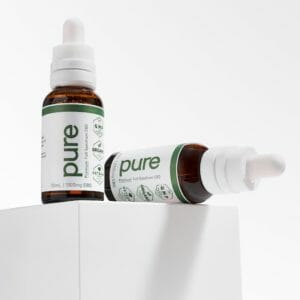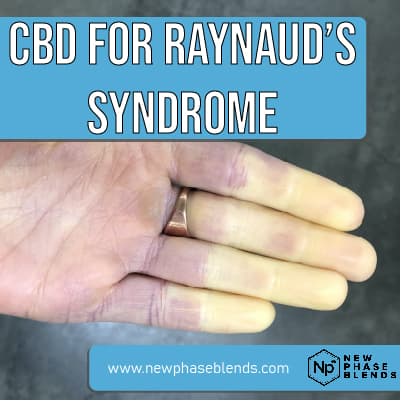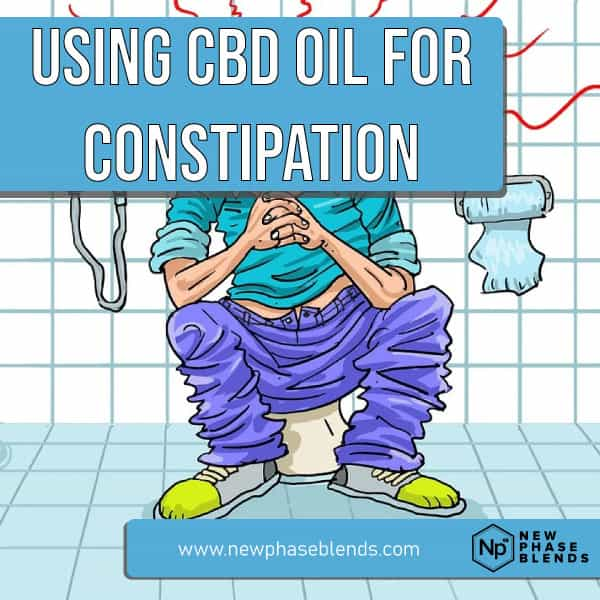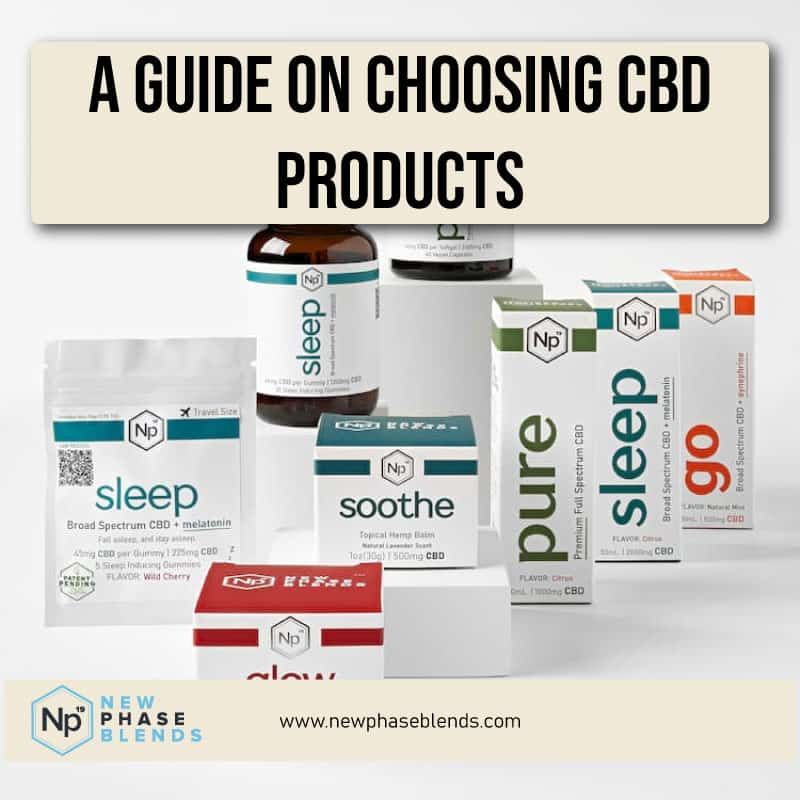Joint pain affects millions of Americans, significantly impacting quality of life and mobility. Whether you’re experiencing knee pain, elbow discomfort, wrist stiffness, or arthritis in multiple joints, finding effective relief can be challenging. Conventional treatments often come with unwanted side effects, leading many to explore natural alternatives like CBD oil.
As someone who has worked with numerous patients exploring CBD for pain management, I’ve witnessed firsthand how cannabidiol (CBD) has emerged as a promising option for those seeking relief from inflammatory conditions. According to a 2019 Gallup poll, approximately 14% of Americans report using CBD products, with pain management being the primary motivation.
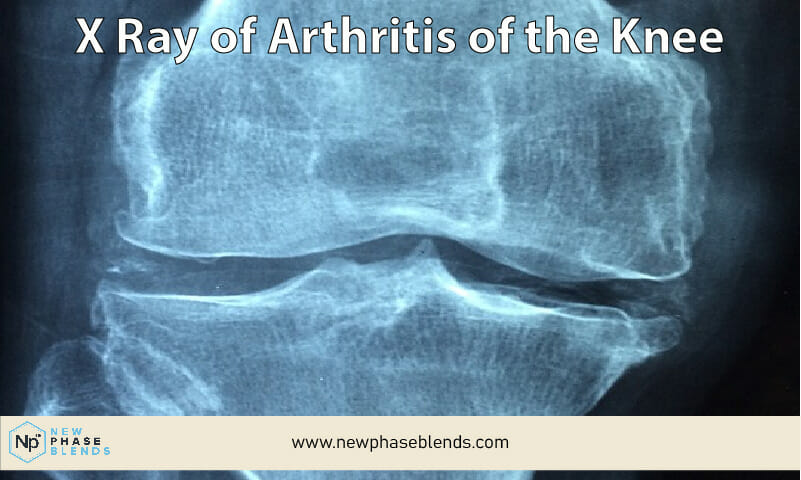
This comprehensive guide explores the science behind CBD for joint pain, different product types, application methods, and practical guidance for finding the most effective solutions for your specific needs.
What the Research Says About CBD for Joint Pain
The scientific understanding of CBD’s effects on joint pain continues to evolve, with both laboratory and clinical evidence suggesting promising benefits:
- Anti-inflammatory properties: A 2016 study published in the European Journal of Pain demonstrated that transdermal CBD application reduced inflammation and pain-related behaviors in animal models of arthritis without evident side effects.
- Pain reduction mechanism: Research published in Therapeutics and Clinical Risk Management shows that CBD may modulate pain by interacting with the endocannabinoid system, which plays a crucial role in regulating pain perception.
- Human evidence: While large-scale human clinical trials are still developing, a 2018 study in Osteoarthritis and Cartilage found that synthetic cannabinoids reduced pain and improved sleep in patients with osteoarthritis.
- Real-world evidence: Countless testimonials and observational studies report significant improvements in joint pain symptoms after CBD use, particularly for inflammatory conditions.
The research consensus indicates that CBD’s effectiveness stems from its ability to interact with the body’s endocannabinoid system, which helps regulate inflammation, pain, and immune responses. While more human studies are needed, existing evidence suggests CBD offers meaningful relief for many joint pain sufferers.
How CBD Works Against Joint Inflammation
CBD’s effectiveness for joint pain primarily relates to its potent anti-inflammatory properties. Inflammation is the body’s natural response to injury, but in conditions like arthritis, this response becomes chronic and destructive.
Here’s how CBD works to combat joint inflammation:
- Endocannabinoid system interaction: CBD interacts with receptors in the endocannabinoid system, particularly CB2 receptors prevalent in immune tissues, helping regulate inflammatory responses.
- Reduced inflammatory signaling: Studies show CBD inhibits pro-inflammatory cytokines and promotes anti-inflammatory proteins, effectively “turning down” the inflammation cascade.
- Oxidative stress reduction: CBD demonstrates antioxidant properties that help neutralize free radicals contributing to joint tissue damage.
- Pain signal modulation: Beyond reducing inflammation, CBD influences how pain signals are transmitted and processed by the nervous system.
For joint pain specifically, these mechanisms translate to reduced swelling, decreased pain sensitivity, and improved mobility for many users.
CBD for Specific Types of Arthritis
Arthritis encompasses over 100 different conditions that cause joint inflammation and pain. The five most common types include:
Osteoarthritis
The most prevalent form of arthritis, osteoarthritis involves cartilage breakdown in joints. CBD may help by reducing inflammation, decreasing pain sensitivity, and potentially slowing cartilage degradation.
Rheumatoid Arthritis
This autoimmune condition causes the immune system to attack joint tissues. CBD’s immunomodulatory properties may help regulate immune responses and reduce the inflammatory cascade driving joint damage.
Psoriatic Arthritis
Affecting approximately 30% of people with psoriasis, this form of arthritis benefits from CBD’s dual action against skin inflammation and joint pain.
Gout
Characterized by painful crystal deposits in joints, gout flares respond well to anti-inflammatory interventions like CBD, particularly when used consistently.
Lupus
This systemic autoimmune disease often affects joints. CBD’s potential to modulate immune responses makes it an area of interest for lupus symptom management.
While different arthritis types may respond differently to CBD treatment, the common thread of inflammation makes CBD a versatile option worth considering for various joint conditions.
Using CBD for Knee Pain
The knee, our body’s largest joint, bears tremendous stress daily and is particularly susceptible to pain from injury, overuse, and degenerative conditions. As weight-bearing joints, knees often develop osteoarthritis as cartilage wears away over time.
Practical Application for Knee Pain
For knee pain management, many users find success with this approach:
- Topical application: Apply a dime-sized amount of CBD balm or cream directly to the affected knee, gently massaging it into the skin until absorbed.
- Consistent timing: For chronic conditions, apply CBD products at regular intervals (typically 2-3 times daily) rather than waiting for pain to intensify.
- Combined approach: Many patients report enhanced relief when combining topical CBD application with oral CBD products for a two-pronged approach.
- Activity pairing: Applying CBD before and after physical activity or physical therapy can help maximize mobility while minimizing discomfort.
Most users report feeling localized relief within 15-30 minutes of topical application, with effects typically lasting 4-6 hours depending on the product concentration and individual factors.
CBD Applications for Back Pain
The spine contains 33 vertebrae connected by numerous facet joints—at least 66 joints in total. These facet joints enable our back’s movement and flexibility but are also common pain sources.
Back-Specific Considerations
Treating back pain with CBD presents unique challenges and opportunities:
- Application challenges: Reaching affected areas may require assistance or specialized applicators for topical products.
- Systemic approach: For hard-to-reach back pain, oral CBD products may offer advantages by working throughout the body.
- Muscle and joint dual-action: Back pain often involves both joint inflammation and muscle tension—CBD addresses both components simultaneously.
- Complementary therapies: CBD works well alongside physical therapy, gentle stretching, and proper ergonomics for comprehensive back pain management.
For persistent back pain, starting with an oral CBD product supplemented by topical applications (when possible) to specific pain points often provides the most comprehensive relief.
Different Types of CBD Products for Joint Pain
CBD products come in various formulations optimized for different needs. Understanding the advantages of each helps you select the most appropriate option for your joint pain.
Topical CBD Applications
Topical products deliver CBD directly to affected joints, providing localized relief without significant systemic effects.
CBD Balms and Salves
- Benefits: Concentrated, longer-lasting effects; ideal for specific joint applications
- Application: Massage a small amount directly onto painful joints
- Onset time: 15-30 minutes
- Duration: Typically 4-6 hours
CBD Creams and Lotions
- Benefits: Easier spreading and absorption; often contain additional beneficial ingredients
- Application: Apply a thin layer over the affected area
- Onset time: 10-20 minutes
- Duration: Usually 3-5 hours, though more frequent application may be necessary
Oral CBD Options
Oral products provide systemic effects beneficial for multiple joint involvement or difficult-to-reach areas.
CBD Oil Tinctures (Sublingual)
- Benefits: Faster absorption than edibles; precise dosing; avoids digestive processing
- Application: Place drops under tongue and hold for 60-90 seconds before swallowing
- Onset time: 15-45 minutes
- Duration: Generally 4-6 hours
- Best for: Widespread joint pain or multiple affected areas
CBD Gummies and Edibles
- Benefits: Convenient, pre-measured doses; longer-lasting effects; discreet use
- Application: Consume with or without food as directed
- Onset time: 30-90 minutes (varies based on metabolism and food consumption)
- Duration: Typically 6-8 hours
- Best for: Sustained relief, especially for overnight symptom management
CBD Capsules
- Benefits: Precise dosing; no taste; easy incorporation into existing supplement regimen
- Application: Swallow with water like any other capsule
- Onset time: 30-60 minutes
- Duration: Generally 6-8 hours
- Best for: Those who prefer traditional medication formats
Other Delivery Methods
Vaping CBD
While offering rapid onset (typically within minutes), vaping raises respiratory concerns that make it less recommended for long-term therapeutic use.
CBD Patches
Transdermal patches provide extended release over 8-12 hours, making them useful for consistent dosing but potentially less flexible for varying pain levels.
For most joint pain sufferers, a combination approach often works best: using topicals for acute, localized pain alongside oral products for persistent background relief.
Dosage Guidelines for Joint Pain Relief
Determining the optimal CBD dosage for joint pain requires personalized consideration of several factors:
Starting Guidelines
- Initial dose: Begin with 20-40mg daily for most adults
- Titration: Increase by 5-10mg every 3-7 days until finding effective relief
- Timing considerations: For chronic pain, dividing doses throughout the day often provides more consistent relief
Dosage Factors
Several variables influence your optimal dosage:
- Body weight: Higher body weights typically require higher doses
- Pain severity: More intense pain may necessitate higher dosages
- Individual metabolism: CBD processing varies significantly between individuals
- Product type: Topical applications may require different concentrations than oral products
Practical Approach
Finding your ideal dosage involves systematic experimentation:
- Start low: Begin with the manufacturer’s recommended starting dose
- Journal effects: Document your pain levels, dose taken, and effects experienced
- Gradual adjustment: Increase gradually while monitoring for optimal effects
- Consistency: Maintain regular timing for more accurate assessment
The goal should always be to find the minimum effective dose that provides relief while minimizing unnecessary consumption.
Safety Considerations and Drug Interactions
While generally well-tolerated, CBD warrants certain precautions, especially regarding medication interactions.
Potential Interactions
CBD may interact with medications metabolized by the cytochrome P450 enzyme system, including:
- Corticosteroids (prednisone)
- Anti-inflammatory medications (naproxen, celecoxib)
- Pain medications (tramadol)
- Antidepressants (amitriptyline, fluoxetine, sertraline)
- Fibromyalgia medications (gabapentin, pregabalin)
These interactions can potentially increase or decrease the effectiveness of either CBD or the medication, requiring professional guidance.
Safety Profile
The World Health Organization has stated that CBD exhibits no abuse potential and is generally well-tolerated. Common mild side effects may include:
- Drowsiness or fatigue
- Dry mouth
- Reduced appetite
- Diarrhea
These effects are typically dose-dependent and resolve with dosage adjustments.
Consultation Importance
Always consult your healthcare provider before beginning CBD if you:
- Take prescription medications
- Have liver or kidney conditions
- Are pregnant or breastfeeding
- Have a history of adverse reactions to cannabis products
This consultation ensures CBD won’t interfere with your current treatments or health conditions.
How to Select High-Quality CBD Products
The CBD market’s minimal regulation necessitates careful product selection to ensure quality, safety, and effectiveness.

Quality Indicators
Look for products that meet these standards:
- Manufacturing practices: Compliance with Good Manufacturing Practices (GMP)
- Third-party testing: Comprehensive Certificate of Analysis (COA) from independent laboratories
- Domestic production: Products manufactured in the United States
- Extraction methods: CO2 extraction generally produces cleaner products
- Regulatory standing: Absence from FDA warning letter lists

Red Flags to Avoid
Be wary of products exhibiting these warning signs:
- Unrealistic claims: Promises of “cures” or miracle results
- Missing lab reports: No accessible Certificate of Analysis
- Inconsistent labeling: Vague information about CBD content
- Extremely low prices: Quality CBD production is costly
- Poor reviews: Consistent negative feedback from verified purchasers
CBD Types Explained
Understanding CBD extract types helps match products to your needs:
- Full-spectrum CBD: Contains all hemp plant compounds including trace THC (≤0.3%)
- Broad-spectrum CBD: Contains multiple cannabinoids but no THC
- CBD isolate: Contains only CBD molecule, no other cannabinoids
For joint pain specifically, full-spectrum or broad-spectrum products often provide enhanced benefits through the “entourage effect” of multiple cannabinoids working together.
Frequently Asked Questions
Will CBD make me feel “high”?
No. CBD products derived from hemp contain minimal THC (less than 0.3%) and don’t produce intoxicating effects.
How long does it take for CBD to work for joint pain?
Topical CBD typically produces effects within 15-30 minutes, while oral CBD may take 30-90 minutes depending on the delivery method and individual factors.
Can I use CBD alongside my current arthritis medications?
Consult your healthcare provider first, as CBD may interact with certain medications. Many patients use CBD as a complementary approach under medical supervision.
Is CBD legal?
Hemp-derived CBD containing less than 0.3% THC is federally legal in the United States, though state regulations vary.
Can I use CBD balm on muscles as well as joints?
Yes, CBD balms often provide relief for both joint pain and surrounding muscle tension, making them versatile for comprehensive pain management.




